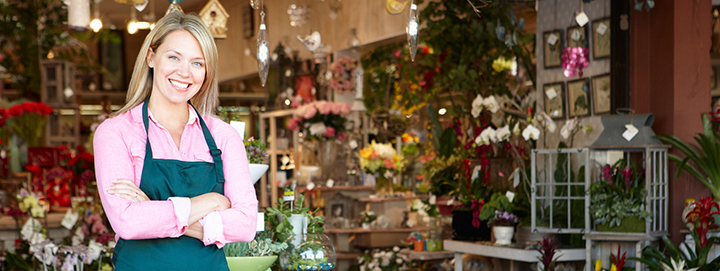Tips can make a difference
The difference between a bland gridwall panel and an attention-grabbing gridwall panel display is a little creativity. The main purpose of using gridwalls is to maximize space in a cost-effective way. But many retailers aren’t taking full advantage of the structure’s full potential. To attract more customers with your gridwall, apply the following advice from experts at Bargan Store Equipment.
Separate Hanging and Shelving Equipment
Although it might sound like a good idea to balance out your design by including a mix of shelves, baskets and hangers on each panel, this strategy can actually limit the storage efficiency and overall aesthetic appeal of the display. The best way to stay organized is to carefully segregate your gridwall accessories.
For example, hanging accessories should be placed on just one panel, one on top of another or side by side if you have the space. Shelves usually have to span two gridwall panels, but that doesn’t mean you can’t still organize them. For example, shelves can be installed on the top half of the device and baskets on the bottom half.
Get Colorful
With more traditional displays, clothing is often grouped by its category. For example, all t-shirts will be on one shelf, while all sweaters will be on the same rack. Since a grid panel comes with more versatility, experiment with a few non-traditional tactics instead. You can group all of the yellow clothing items from your store with the gridwall, or devote each of your gridwall accessories to its own color.
Change Shape
Part of the appeal of gridwall panels is their ability to turn into any structure you want. Installing grid panels flat against the wall is probably the most common use, but there are other interesting ways to use these structures too. For example, you can make a standalone square by connecting four gridwall panels, and use it as a display for accessories, bathing suits, or other smaller merchandise. You can also create a sort of zig-zag pattern with grid panels for a look that’s pleasing to the eye.






